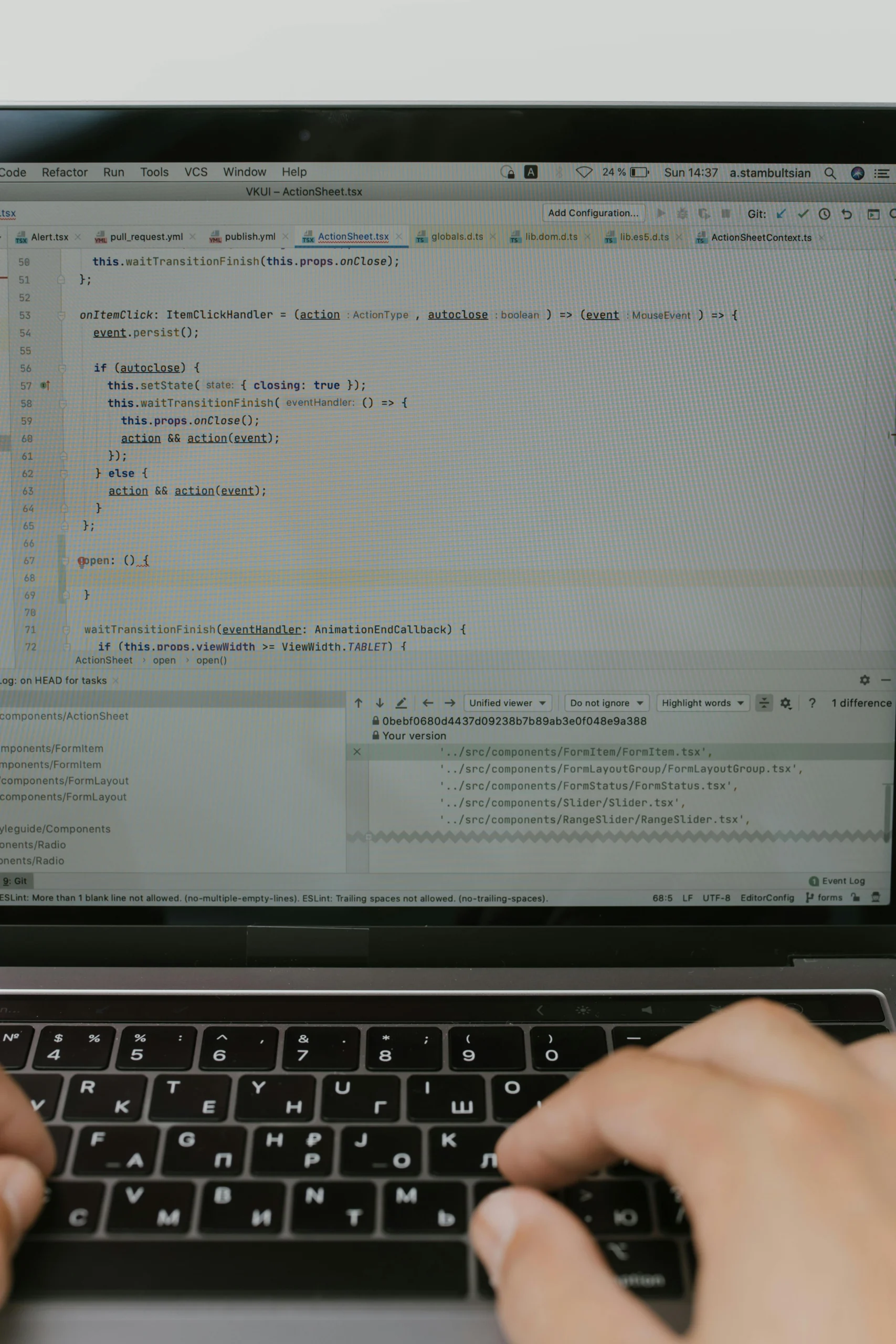The concept of Bidirectional Cognitive Alignment (BiCA) marks a significant shift in AI alignment methodologies. Unlike traditional approaches that treat human cognition as static, BiCA emphasizes mutual adaptation between humans and artificial intelligence. This approach has yielded impressive results, achieving an 85.5% success rate in collaborative navigation tasks, which is notably higher than the 70.3% baseline. The implementation of learnable protocols and representation mapping enhances the adaptability of AI, resulting in a substantial 230% improvement in mutual adaptation and 332% better protocol convergence.
Moreover, BiCA’s emergent protocols have outperformed traditional handcrafted protocols by 84%. This not only showcases the potential for enhanced efficiency but also highlights the importance of bidirectional adaptation, which has unexpectedly led to a 23% increase in safety, evidenced by improved out-of-distribution robustness. The study illustrates that optimal collaboration can be found at the intersection of human and AI capabilities, rather than merely their union, validating the effectiveness of co-alignment strategies in future AI development.
👉 Pročitaj original: arXiv AI Papers








